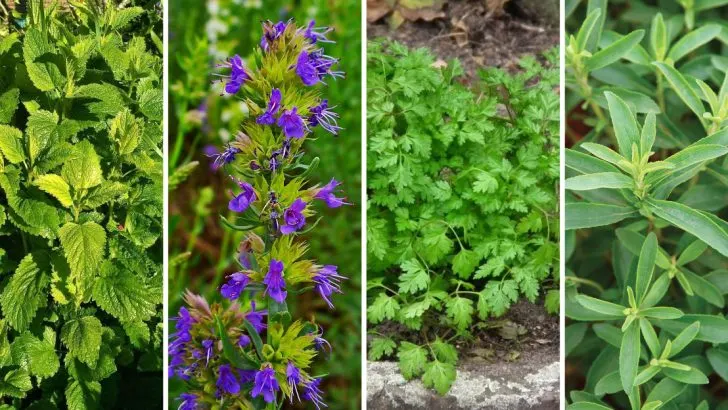Herbs are a delightful addition to any garden, offering fresh flavors, enticing aromas, and even medicinal benefits. But did you know that some lesser-known herbs can thrive in your backyard with minimal effort? From exotic varieties like lemon balm to versatile staples like chervil, these 15 herbs are as easy to grow as they are rewarding.
Whether you’re a culinary enthusiast or simply love the idea of an aromatic garden, these hidden gems will elevate your backyard space while bringing new possibilities to your kitchen. Let’s uncover these amazing herbs and their benefits!
Lovage
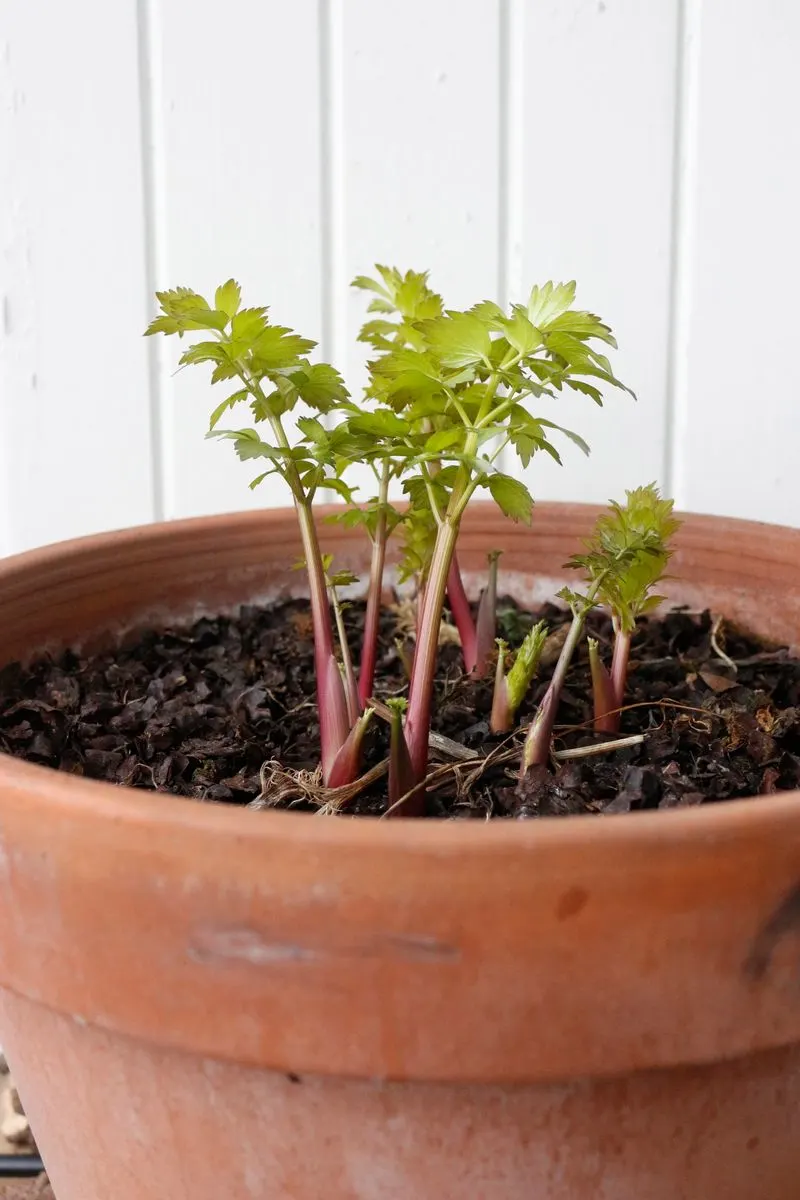
With its robust celery-like flavor, lovage can enhance soups and stews with just a few leaves. Perfect for adding depth to broths, its tall structure makes it an attractive garden plant. Lovage is a perennial herb that thrives in well-drained soil, requiring minimal maintenance once established. Plant it in a spot with ample sunlight, and watch it return year after year with little effort. Its leaves, seeds, and roots are all edible, offering versatility in the kitchen. This herb is a must-have for any culinary enthusiast looking to expand their homegrown repertoire.
Salad Burnet
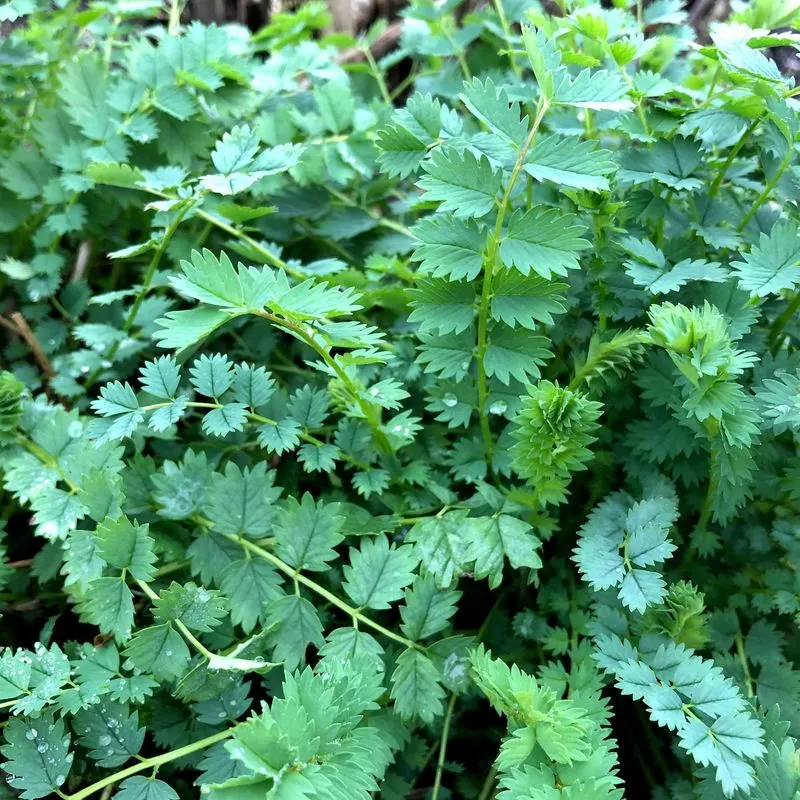
Bringing a refreshing cucumber flavor to salads and cold dishes, salad burnet is both ornamental and edible. This hardy perennial can flourish in a variety of soils, making it an ideal candidate for backyard cultivation. Its delicate pink flowers add a charming touch to garden aesthetics. Regular trimming encourages new growth, ensuring a steady supply of fresh leaves. Beyond salads, use it in herbal teas or as a garnish. Easy to grow and maintain, salad burnet is an excellent choice for those seeking a unique taste and visual appeal in their herb garden.
Sorrel
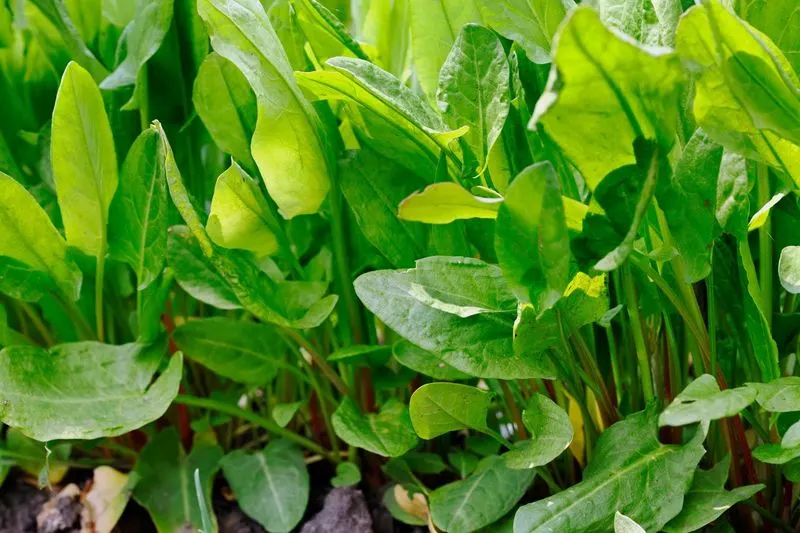
Known for its tangy, lemony flavor, sorrel is a delightful addition to salads and sauces. This hardy herb thrives in cooler climates and can withstand partial shade, making it versatile for various garden spots. Sorrel’s rapid growth means you’ll have a constant supply of fresh leaves throughout the growing season. It’s perfect for adding a zesty kick to soups or as a fresh garnish. Easy to propagate, sorrel can quickly become a staple in your culinary herb collection. Its unique taste and adaptability make it a wonderful choice for adventurous gardeners.
Chervil
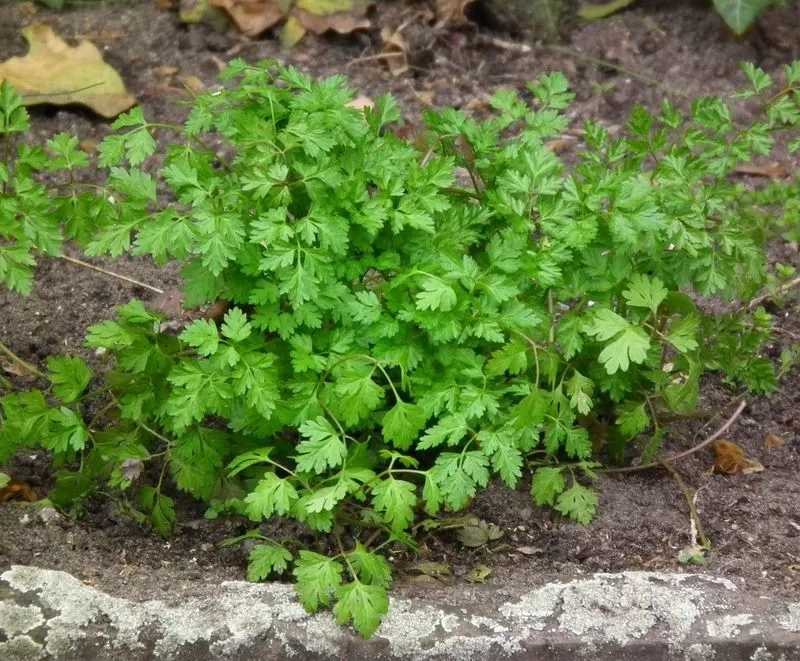
Delicate and subtly flavored, chervil is reminiscent of parsley with a hint of anise. This annual herb thrives in cooler temperatures and partial shade, making it suited for spring and fall planting. Incorporate it into omelets or salads for a touch of elegance. Chervil’s feathery leaves add texture and interest to any garden setting. Regular harvesting encourages bushier growth, providing a plentiful supply of this gentle herb. Ideal for gardeners looking to diversify their herb selection, chervil’s understated flavor can elevate a variety of dishes with its unique character.
Borage
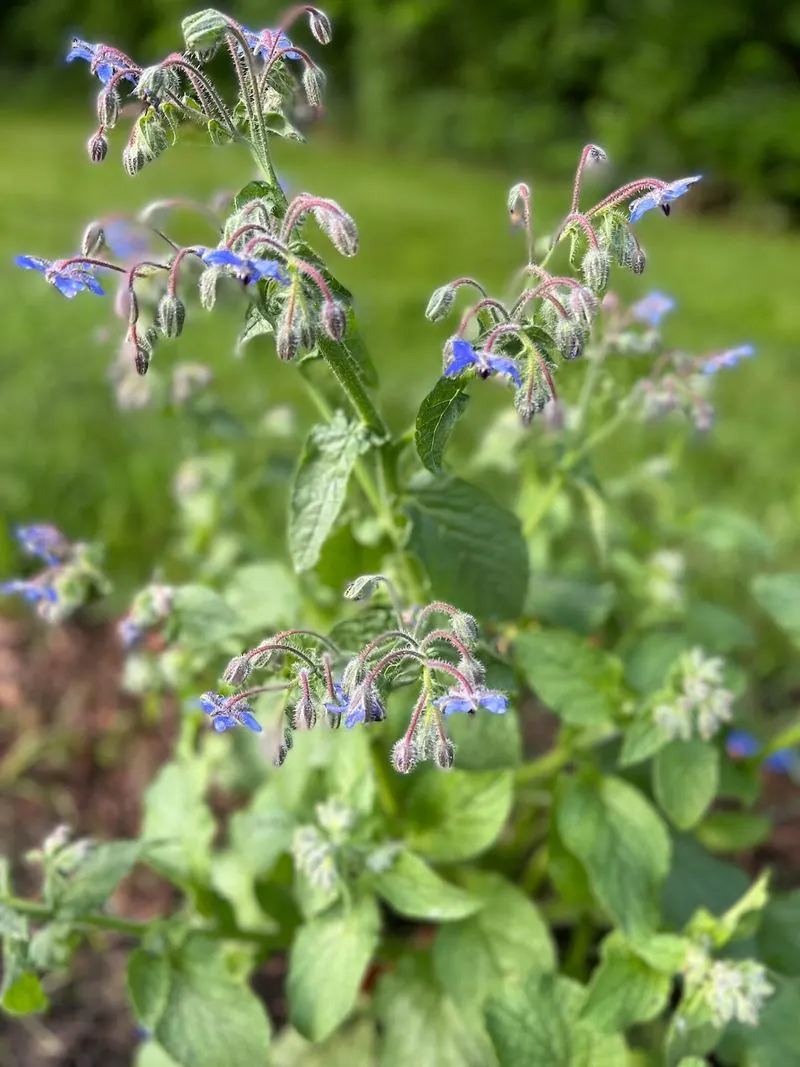
Borage’s brilliant blue flowers make it a standout in any garden, while its cucumber-like taste adds freshness to dishes. As an annual herb, it self-seeds easily, ensuring a yearly display of blossoms. Borage is excellent for attracting pollinators, supporting the health of your entire garden. Its young leaves and flowers are edible, perfect for garnishing drinks or adding to salads. Thriving in full sun and well-drained soil, borage is low-maintenance and rewarding to grow. Its unique appearance and versatility in the kitchen make it a fascinating addition to your herb collection.
Sweet Cicely
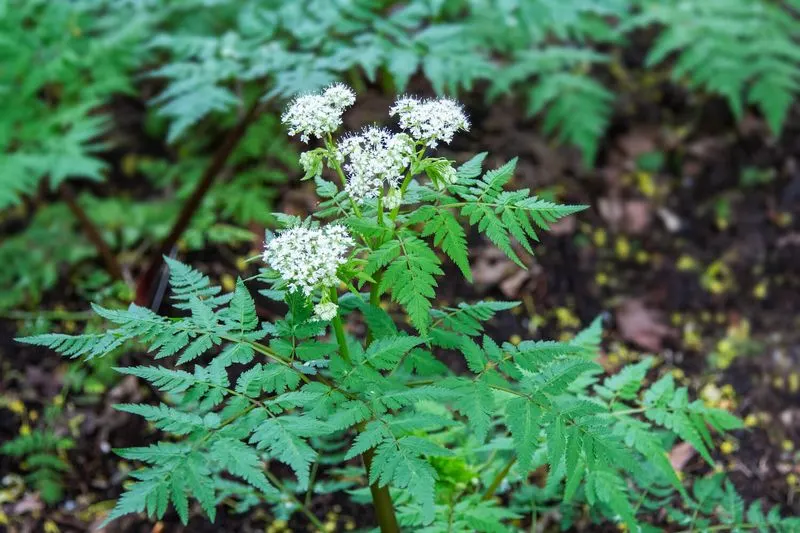
Sweet cicely is cherished for its sweet anise flavor, which can reduce the need for sugar in recipes. This perennial herb prefers partial to full shade, making it ideal for less sunny garden spots. Its fern-like leaves and clusters of white flowers add visual interest to any herb garden. Use sweet cicely to flavor desserts, herbal teas, or savory dishes. Once established, it requires minimal care, thriving in various soil types. The plant’s unique taste profile and low maintenance needs make it a delightful choice for those seeking to diversify their homegrown herbs.
Hyssop
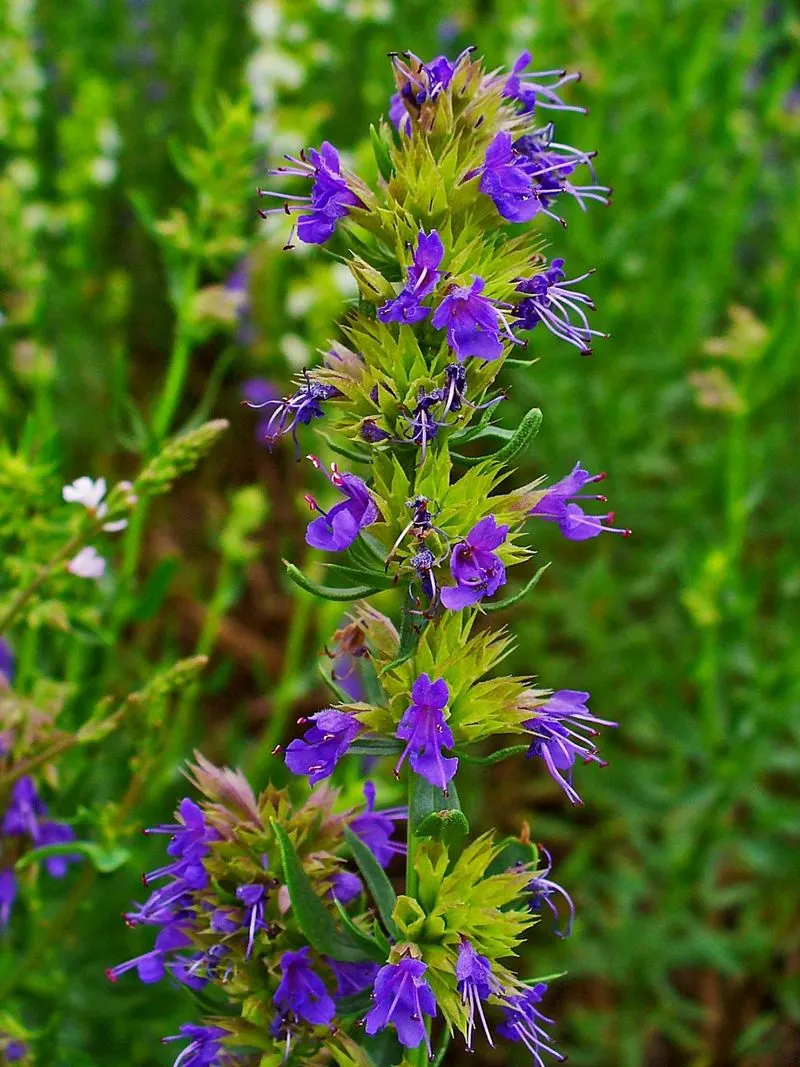
Hyssop, with its aromatic leaves and striking purple flowers, is both medicinal and culinary. It thrives in well-drained soil and full sunlight, making it a resilient addition to your garden. This perennial herb is often used in teas and traditional remedies, appreciated for its potential health benefits. Hyssop’s flowers attract beneficial insects, promoting pollination and biodiversity in your backyard. Pruning encourages fuller growth, ensuring a robust supply of leaves and blooms. Its distinct flavor and versatility make hyssop an intriguing choice for gardeners interested in expanding their herbal toolkit.
Fenugreek
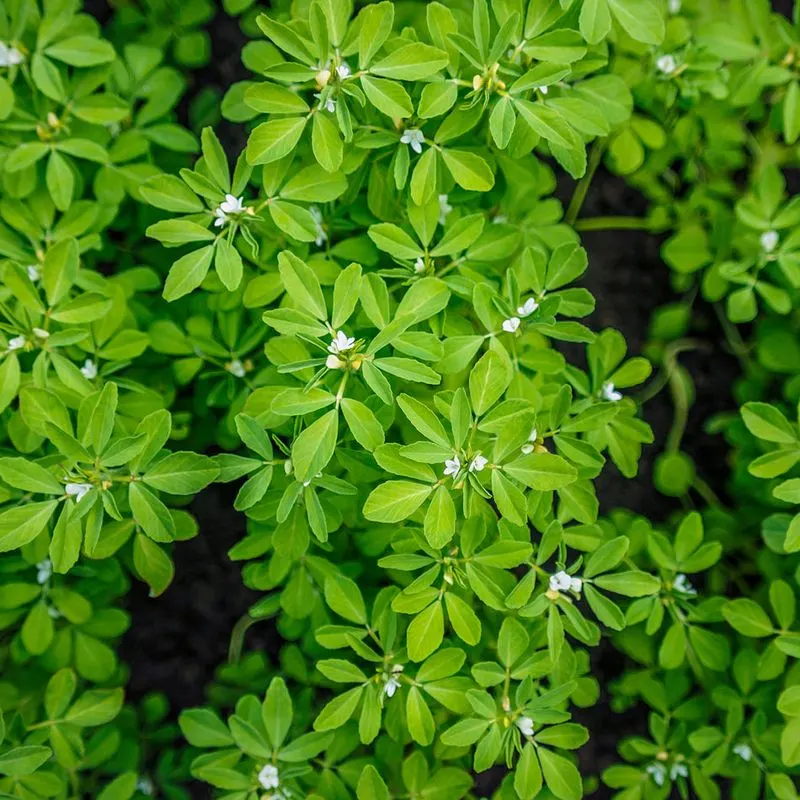
Fenugreek is celebrated for its nutritional benefits and unique flavor, often used in Middle Eastern and Indian cuisines. This annual herb thrives in sunny locations with well-drained soil, producing aromatic seeds and leaves. Once established, fenugreek requires little maintenance, making it a convenient choice for busy gardeners. Its seeds are commonly used as a spice, while the leaves can be incorporated into salads and stews. Fenugreek’s ability to enrich soil quality adds an extra benefit to its cultivation. A versatile herb, it’s perfect for those looking to add a touch of exotic flavor to their garden.
Lemon Balm
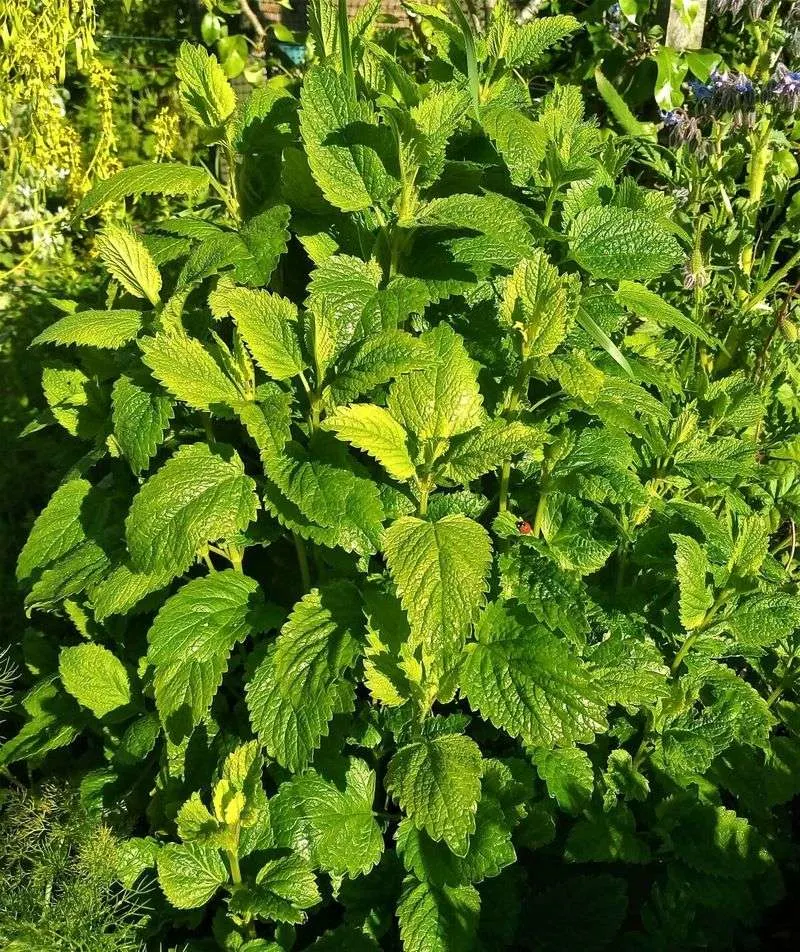
Lemon balm is a fragrant herb with a refreshing citrus scent, perfect for teas and desserts. This perennial thrives in partial shade and well-drained soil, making it adaptable to different garden conditions. Its lush green leaves create a vibrant backdrop, while the small white flowers attract pollinators. Regular pruning encourages bushier growth, ensuring a steady supply of fresh leaves. Lemon balm’s calming properties make it a popular choice for herbal remedies. Easy to grow and maintain, this herb is ideal for those seeking a soothing addition to their backyard herb garden.
Anise Hyssop
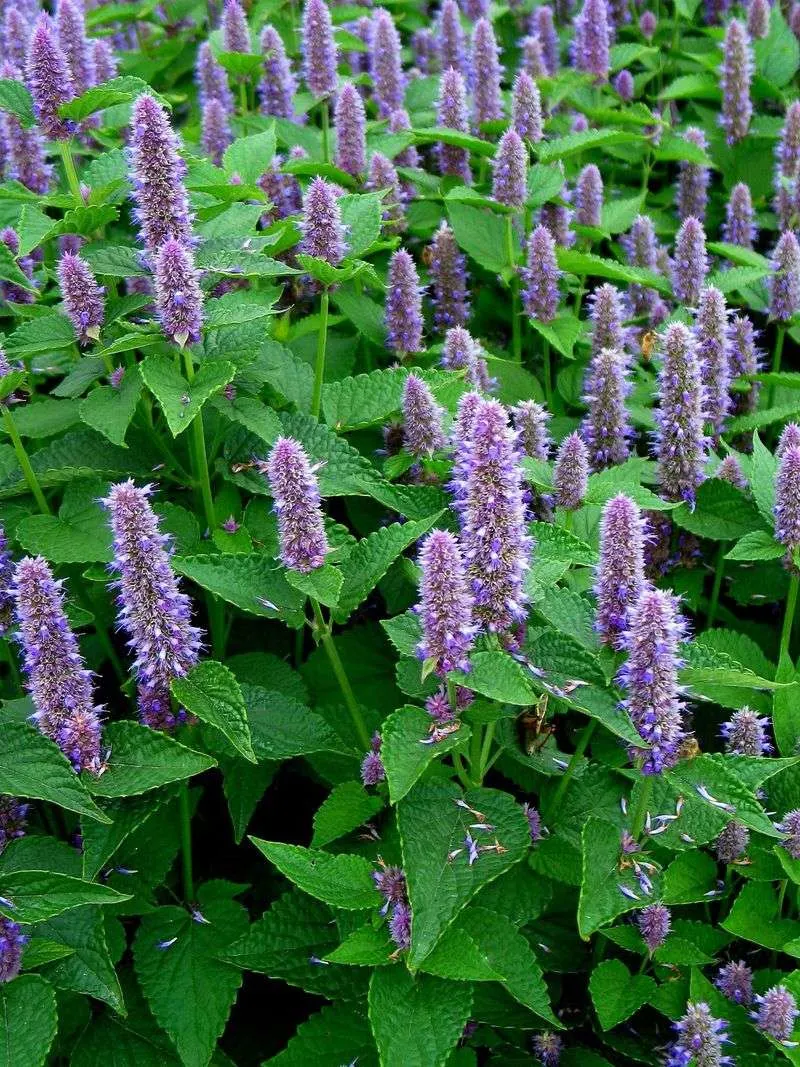
Anise hyssop combines the flavors of anise and mint, offering a unique twist to traditional culinary herbs. This perennial thrives in sunny spots with well-drained soil, producing tall spikes of lavender-blue flowers. It’s not only a culinary delight but also a magnet for bees and butterflies, enhancing your garden’s ecosystem. Use its leaves in teas and salads for a refreshing taste. Anise hyssop is low-maintenance, requiring minimal attention once established. Its charming appearance and distinctive flavor make it a standout addition for gardeners looking to add diversity to their herb collection.
Winter Savory
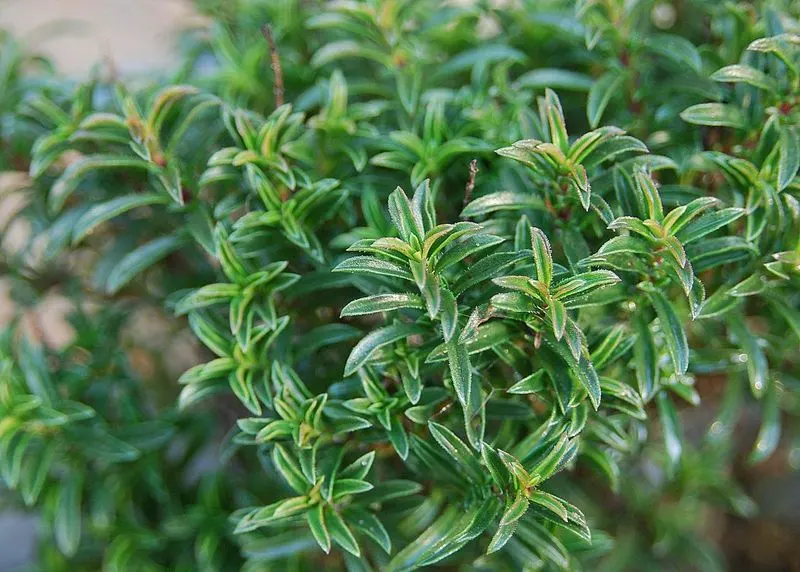
Winter savory offers a robust, peppery flavor, making it a staple in hearty dishes. This perennial herb thrives in rocky, well-drained soil, often flourishing where others struggle. Its small, dark green leaves and white flowers add a touch of elegance to any garden. Use it to enhance meats, beans, and stews, adding depth to your culinary creations. Winter savory’s hardy nature means it requires little maintenance, making it ideal for gardeners with limited time. Its rich flavor and resilience make it a valuable addition to your backyard herb garden, offering year-round harvests.
Epazote
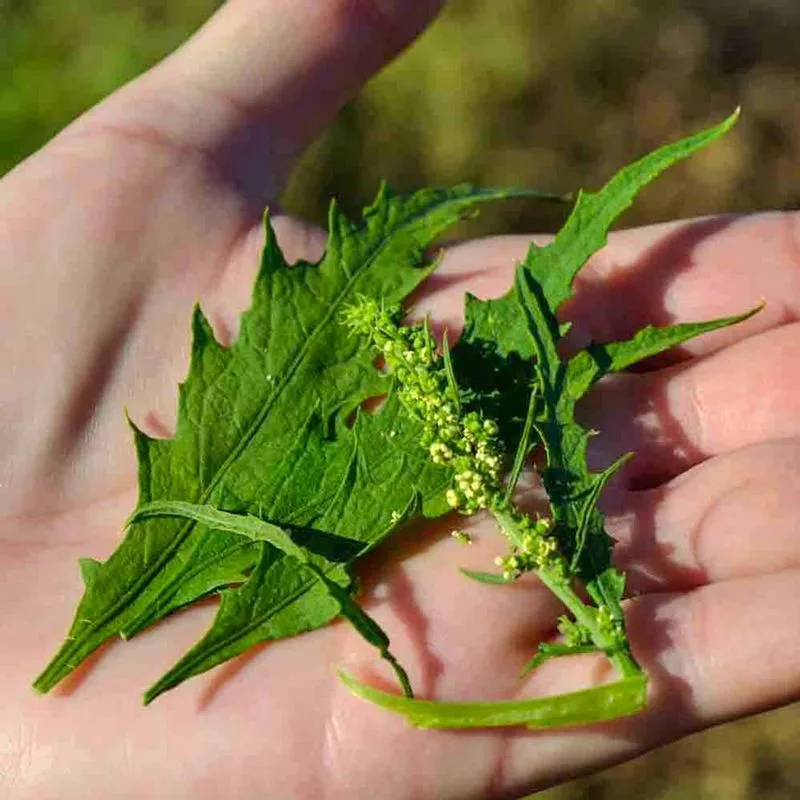
Epazote is a traditional Mexican herb known for its bold flavor, often used in bean dishes. This hardy annual thrives in sunny locations and poor soil, making it easy to cultivate. Its distinctive taste can elevate soups and stews, while its leaves are used fresh or dried. Epazote’s strong aroma might surprise new gardeners, but its culinary benefits are worth the initial adjustment. It requires minimal care, spreading easily and offering abundant harvests. Ideal for adventurous cooks, epazote adds a unique touch to your garden and kitchen, perfect for experimenting with new flavors.
Stevia
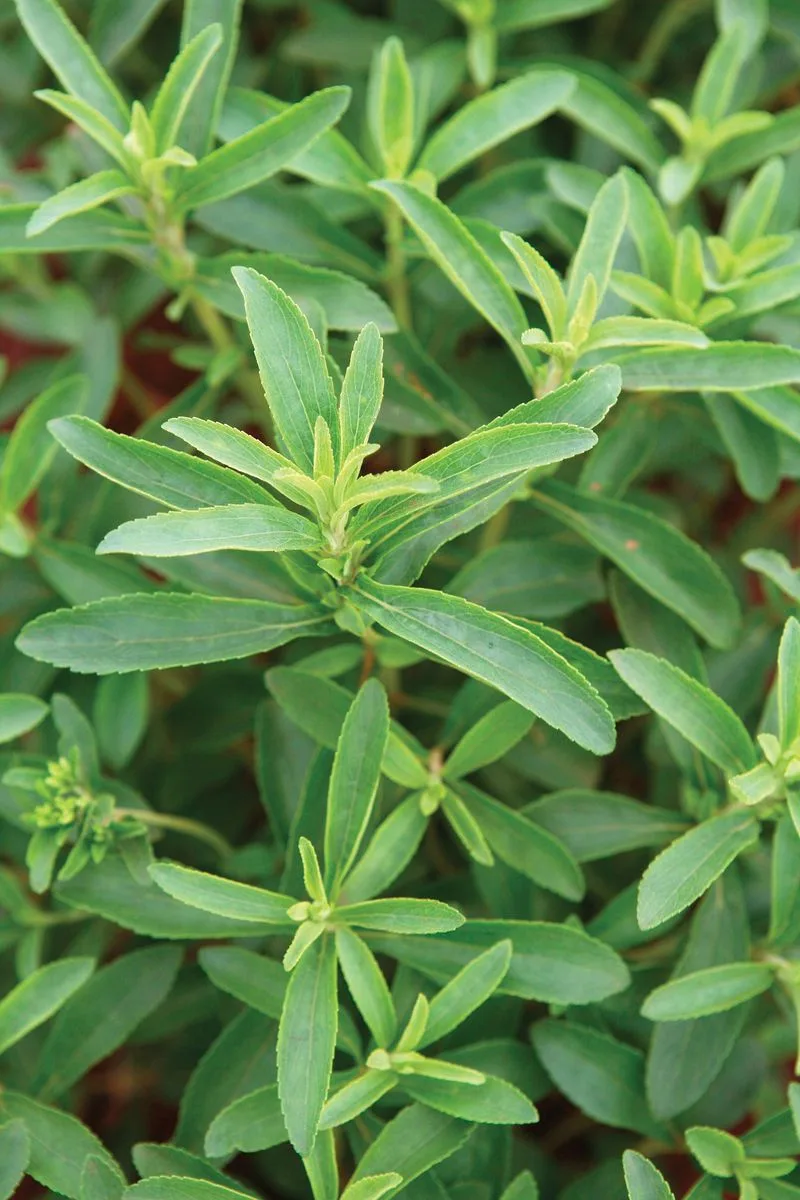
Stevia, cherished for its natural sweetness, is a calorie-free sugar substitute. This perennial herb thrives in warm climates and sunny spots, making it perfect for summer gardens. Its bright green leaves are the source of sweetness, often used in beverages and desserts. Stevia’s low maintenance needs make it accessible to gardeners of all skill levels. Regular pruning encourages new growth, ensuring a bountiful harvest. Its unique ability to sweeten without calories makes stevia an appealing choice for those looking to reduce sugar intake. Add this herb to your garden for a healthy alternative to traditional sweeteners.
Culantro

Culantro, often overshadowed by its cousin cilantro, offers a more potent flavor for culinary enthusiasts. This tropical herb thrives in shaded, moist environments, making it suitable for less sunny garden spots. Its long, serrated leaves are packed with flavor, ideal for seasoning soups and stews. Unlike cilantro, culantro’s robust taste withstands cooking, providing depth to dishes. It’s easy to grow, requiring minimal attention once established. Perfect for those looking to explore beyond traditional herbs, culantro can redefine your culinary creations with its unique and intense flavor profile.
Holy Basil
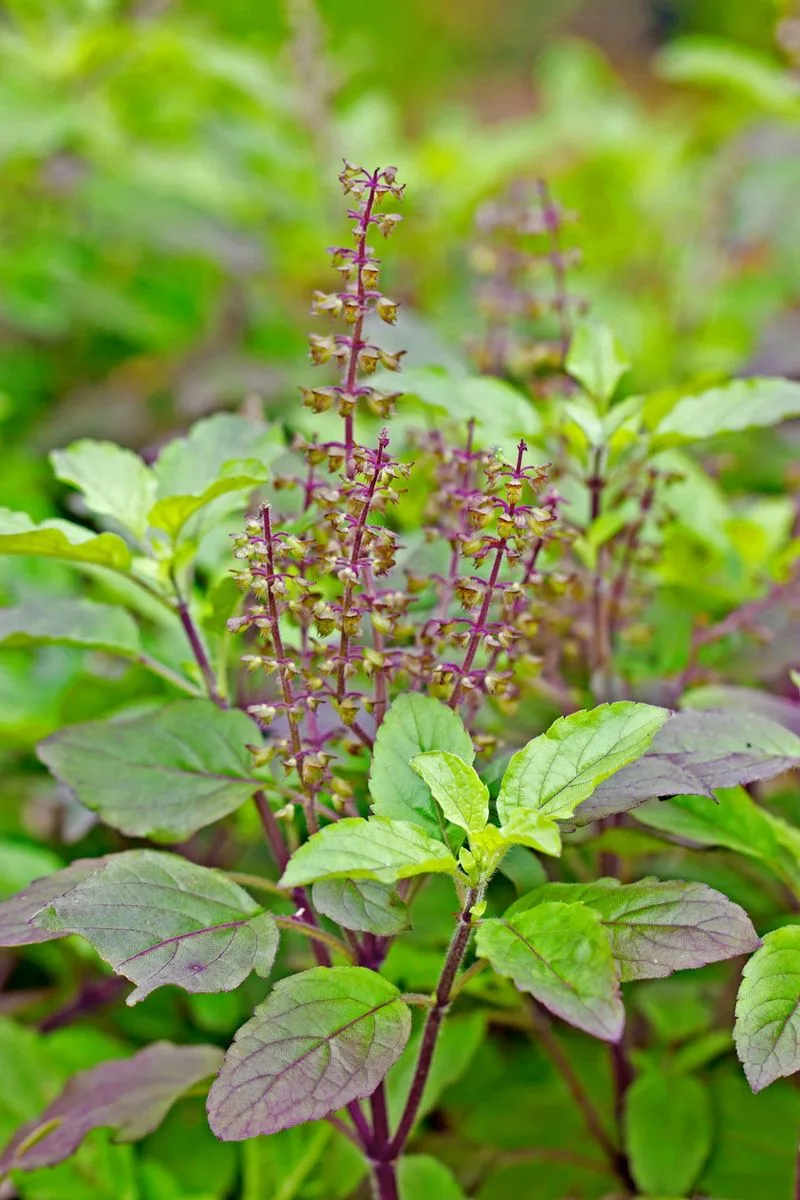
Holy basil, revered in Ayurvedic medicine, offers a peppery, clove-like flavor. This sacred herb thrives in sunny areas, requiring well-drained soil and regular watering. Its vibrant green and purple leaves add visual charm to your garden. Use holy basil in herbal teas, stir-fries, or as a garnish for a burst of flavor. Beyond its culinary uses, it’s celebrated for its potential health benefits, including stress relief. Easy to grow and maintain, holy basil is a versatile addition to your backyard, appealing to both culinary and wellness enthusiasts looking to broaden their herbal repertoire.

